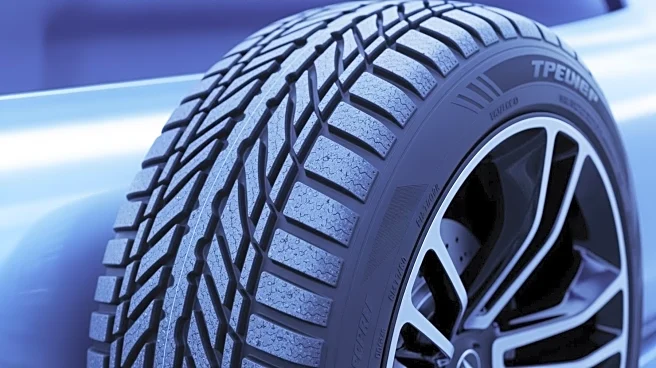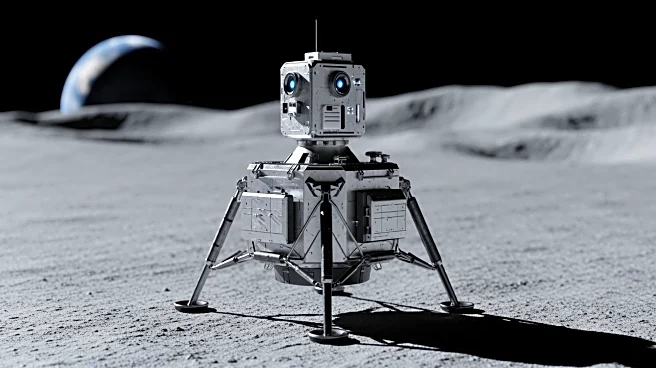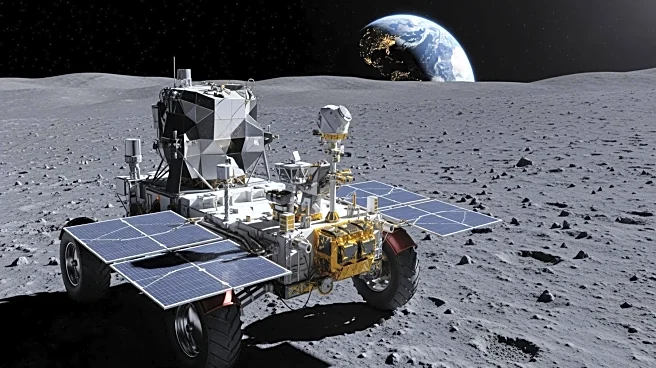What's Happening?
NASA has announced the development of a groundbreaking wheel technology known as the Superelastic Tire, originally designed for the harsh conditions of the Moon and Mars, which is now being adapted for use
on Earth. This innovation, developed at NASA's Glenn Research Center in Cleveland, Ohio, in collaboration with the Goodyear Tire and Rubber Company, utilizes shape memory alloys (SMAs) instead of traditional rubber. These alloys allow the tire to withstand extreme conditions without air, making it puncture-proof and maintenance-free. The Superelastic Tire is capable of enduring temperatures from -100°C to +200°C and can handle rough terrains without losing traction. NASA is now licensing this technology to commercial manufacturers to create airless, durable tires for bicycles, cars, and potentially industrial machinery.
Why It's Important?
The introduction of the Superelastic Tire could revolutionize the automotive industry by providing a sustainable alternative to traditional rubber tires. This technology promises to reduce environmental waste significantly by eliminating the need for frequent tire replacements, thus decreasing the number of discarded rubber tires. Additionally, the durability and maintenance-free nature of these tires could lead to cost savings for consumers and businesses alike. The potential for these tires to be used in electric and autonomous vehicles aligns with the global shift towards more sustainable and efficient transportation solutions. As the technology is adapted for mass production, it could lead to a significant reduction in tire-related maintenance and waste, benefiting both the economy and the environment.
What's Next?
Before the Superelastic Tire can become a standard in commercial vehicles, several challenges need to be addressed. These include scaling the technology for mass production, which is currently complex and costly due to the expensive nature of nickel-titanium alloys. Additionally, ensuring that the tires provide a smooth and quiet ride at highway speeds is crucial. Regulatory testing and road safety certifications are also necessary before these tires can be widely adopted. However, with growing interest from major manufacturers, these challenges are being actively tackled, paving the way for potential widespread use in the near future.
Beyond the Headlines
The development of the Superelastic Tire highlights the potential for space technology to address everyday problems on Earth. This innovation not only represents a significant advancement in materials science but also underscores the importance of sustainable design in modern engineering. As the world moves towards cleaner and smarter transportation systems, the integration of such technologies could play a crucial role in reducing the environmental impact of the automotive industry. The success of this technology could also inspire further collaborations between aerospace research and consumer product development, leading to more innovative solutions for global challenges.













